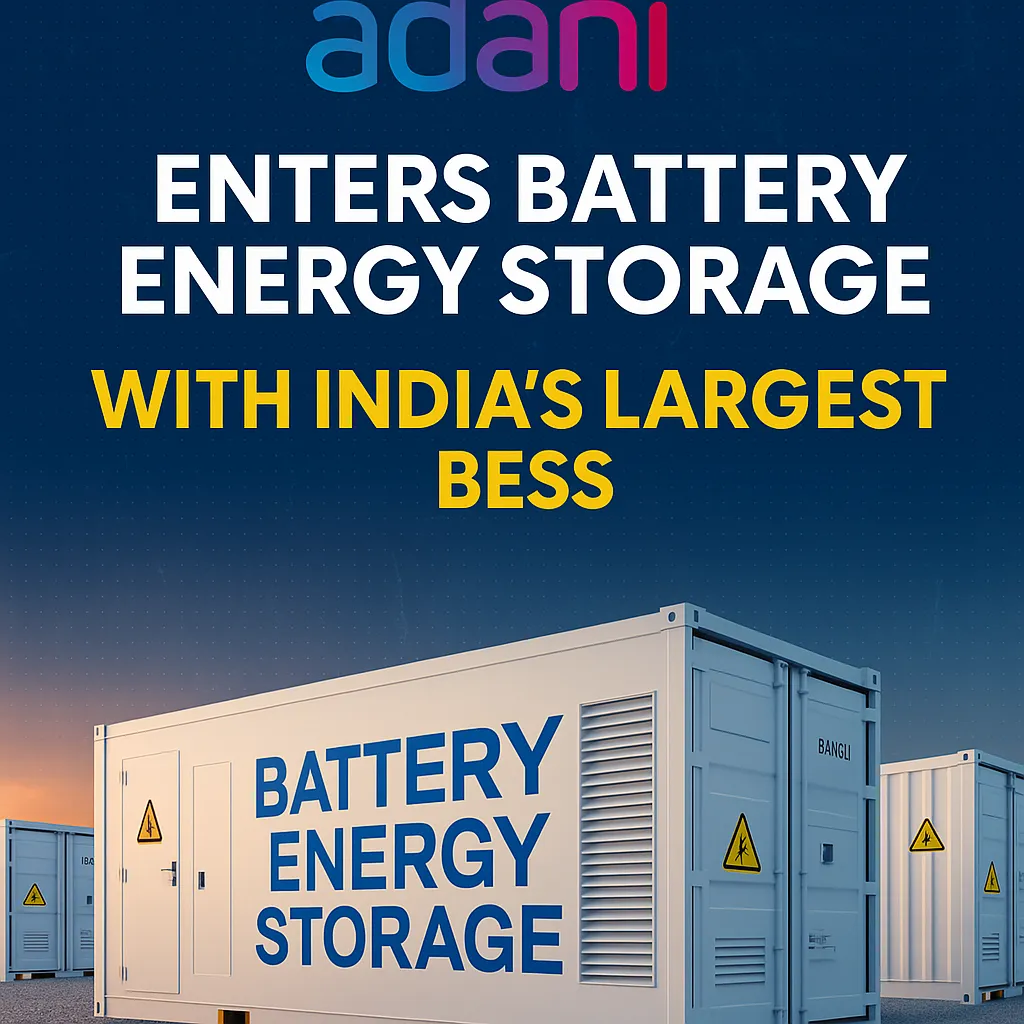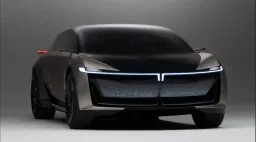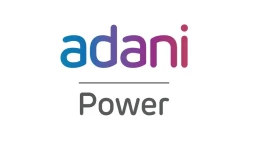Adani Group’s Big Bet on Battery Energy Storage: What It Means

The Adani Group has formally entered the large-scale Battery Energy Storage Systems (BESS) sector with a flagship project located at Khavda in Gujarat. The project specs:
A capacity of 1,126 MW (megawatts) and 3,530 MWh (megawatt-hours) of storage meaning the system can provide full 1,126 MW output for about three hours.
Deployment of more than 700 battery-container units on site.
Target commissioning by March 2026.
The project will be part of what is intended to become the world’s largest combined renewable-plus-storage park.
Why It Matters
1. Energy Security & Grid Stability
As renewable generation (solar, wind) grows, the intermittency issue becomes more pressing. Storage systems like this help:
Shift energy from times of excess generation (sunny/windy) to times of demand.
Reduce solar curtailment and ease peak-load stress.
Enhance grid reliability especially for a rapidly expanding renewable fleet.
2. Strategic Clean-Energy Infrastructure
By targeting such a large storage deployment, Adani is placing itself as a major player in the infrastructure that supports the energy transition. The announced roadmap:
Additional 15 GWh of BESS capacity by March 2027.
Long-term target of 50 GWh over the next five years.
3. From Renewables to Full Stack
Adani is not only developing renewable generation (solar, wind) through its subsidiary but now stepping into the storage segment - an important piece of the “make renewable power usable 24/7” puzzle. This gives the group a more integrated position in the clean energy value chain.
Key Considerations & Challenges
Commissioning timeline: Large-scale deployments carry execution risk (logistics, technology, integration, regulatory). Achieving March 2026 will require tight project management.
Technology & cost: The project uses lithium-ion battery containers and advanced energy-management systems. Bulk deployment at the scale announced will require cost efficiencies and strong supply-chain backing.
Regulatory & market context: India’s grids are still adapting to large renewable plus storage configurations. Policy clarity, supportive tariffs/market signals, and grid integration will be critical.
Scalability & follow-through: Announcing 50 GWh is ambitious, actual rollout pace, financing, supply-chain resilience will determine whether the ambition becomes reality.
Broader Implications
For India: This project strengthens the country’s push toward round-the-clock clean power, critical to meeting its net-zero and energy-access goals.
For the clean-energy sector: It signals that major Indian players are willing to invest big into storage - shifting the narrative from “we’ll build generation” to “we’ll build generation + storage.”
For investors & global supply chains: It opens up opportunities in battery manufacturing, energy management tech, grid services, and possibly localisation of storage manufacturing in India.
For infrastructure footprint: The Khavda location (already home to a large renewables park) becomes more strategically significant - capturing value not just from generation but from storage and grid integration.
Final Word
Adani’s move into BESS is more than an incremental step - it’s a strategic pivot. As the firm’s chairman put it:
“Energy storage is the cornerstone of a renewable-powered future… we are setting global benchmarks.”
Whether this project becomes a template for India’s “clean energy plus storage” future depends on execution and wider ecosystem alignment. But for now, it’s a major signal: storage is no longer a niche add-on — it’s central to the next phase of clean-energy growth.









